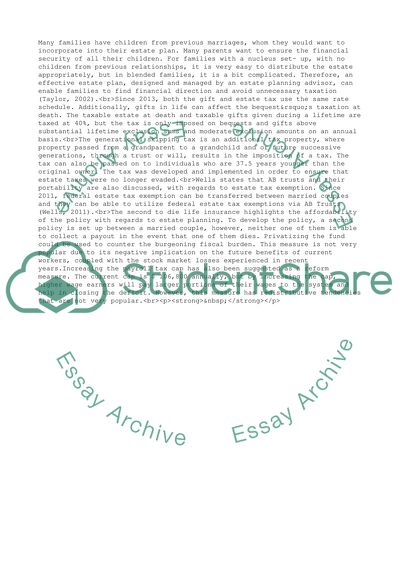Cite this document
(“Risk Management and Insurance Assignment Example | Topics and Well Written Essays - 1750 words”, n.d.)
Risk Management and Insurance Assignment Example | Topics and Well Written Essays - 1750 words. Retrieved from https://studentshare.org/management/1681885-risk-management-and-insurance
Risk Management and Insurance Assignment Example | Topics and Well Written Essays - 1750 words. Retrieved from https://studentshare.org/management/1681885-risk-management-and-insurance
(Risk Management and Insurance Assignment Example | Topics and Well Written Essays - 1750 Words)
Risk Management and Insurance Assignment Example | Topics and Well Written Essays - 1750 Words. https://studentshare.org/management/1681885-risk-management-and-insurance.
Risk Management and Insurance Assignment Example | Topics and Well Written Essays - 1750 Words. https://studentshare.org/management/1681885-risk-management-and-insurance.
“Risk Management and Insurance Assignment Example | Topics and Well Written Essays - 1750 Words”, n.d. https://studentshare.org/management/1681885-risk-management-and-insurance.


